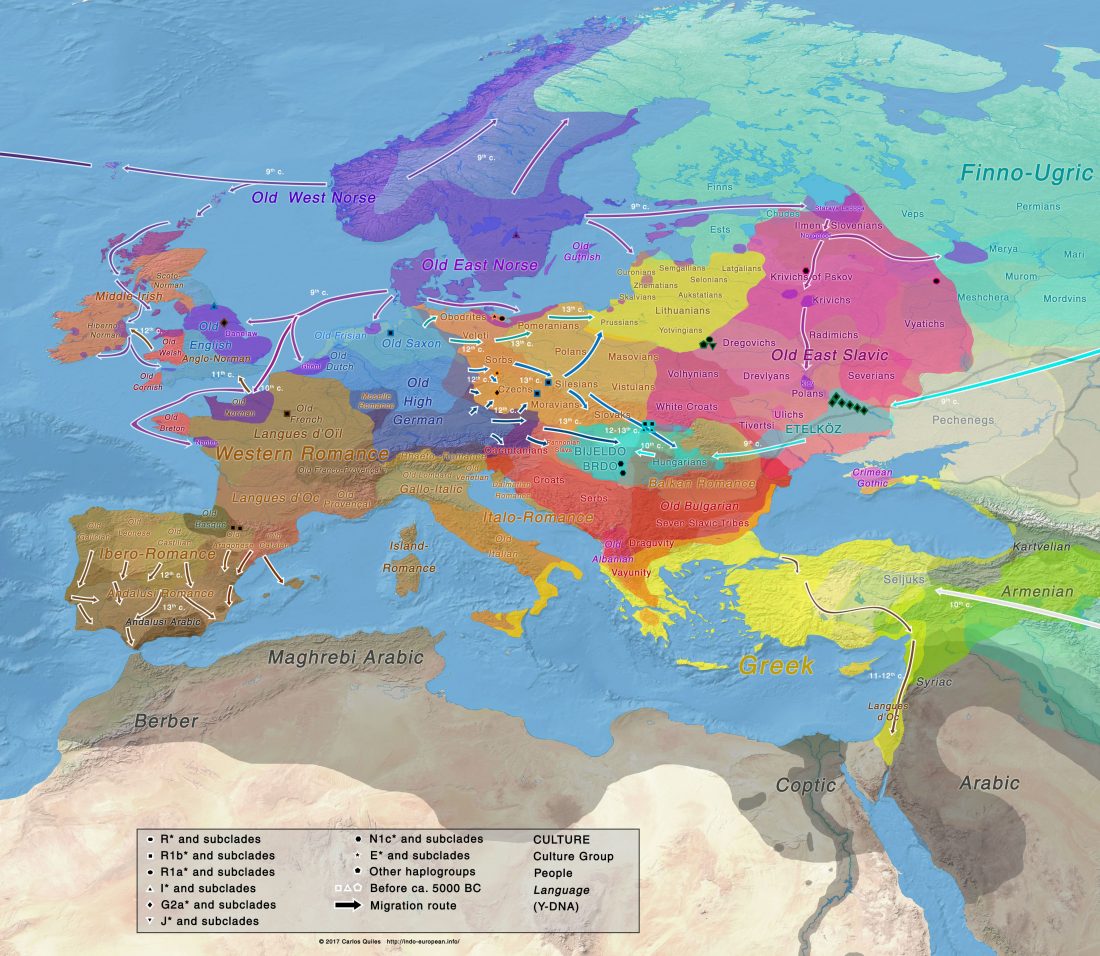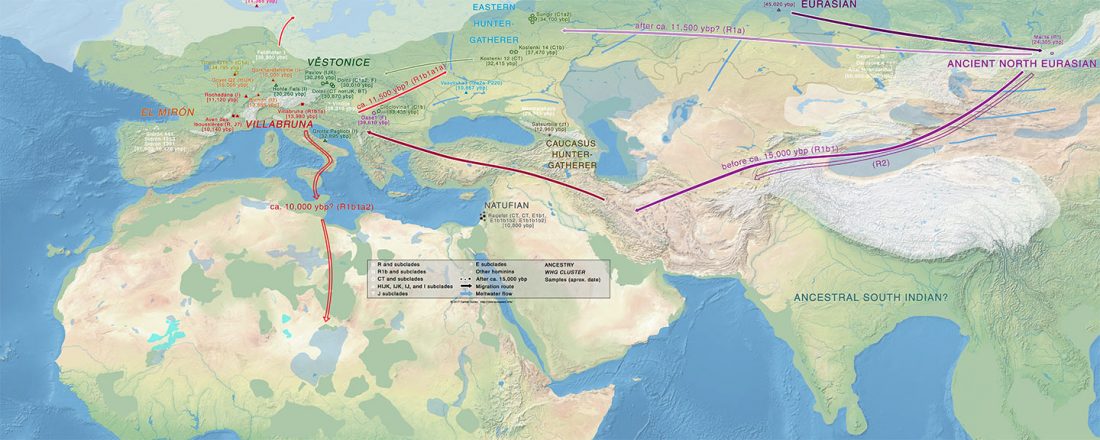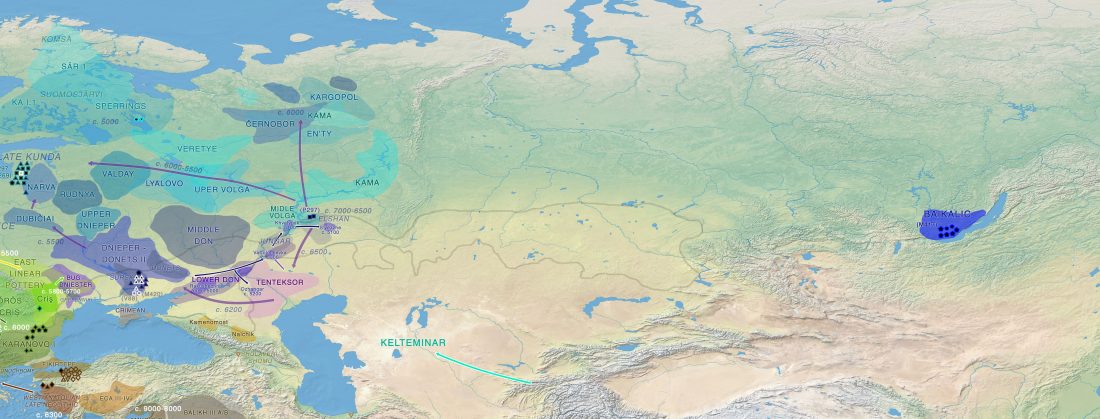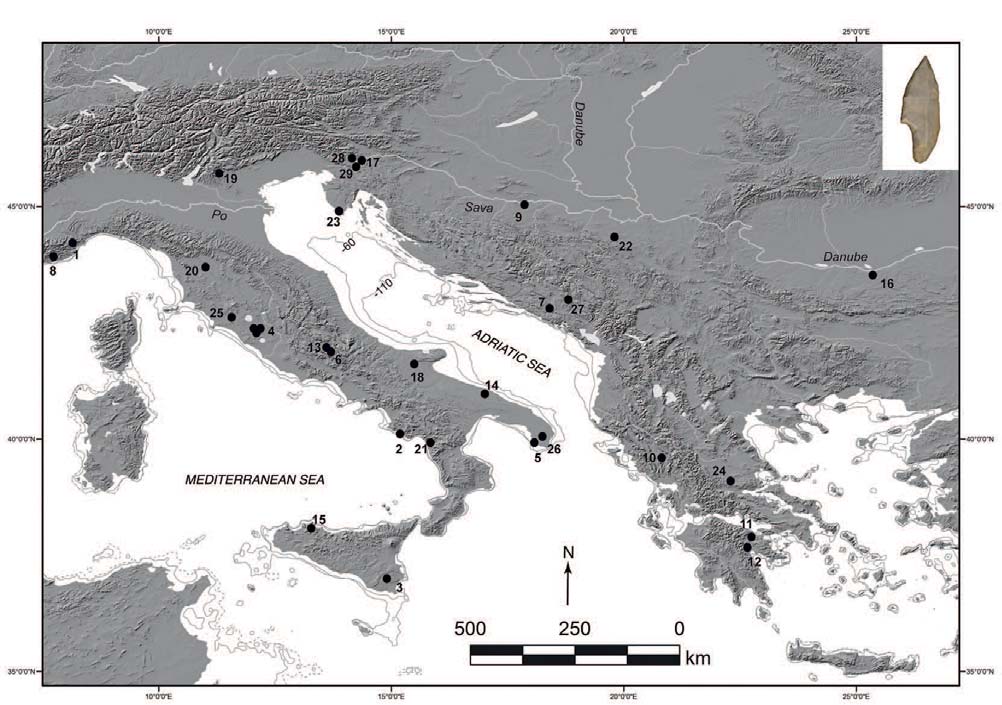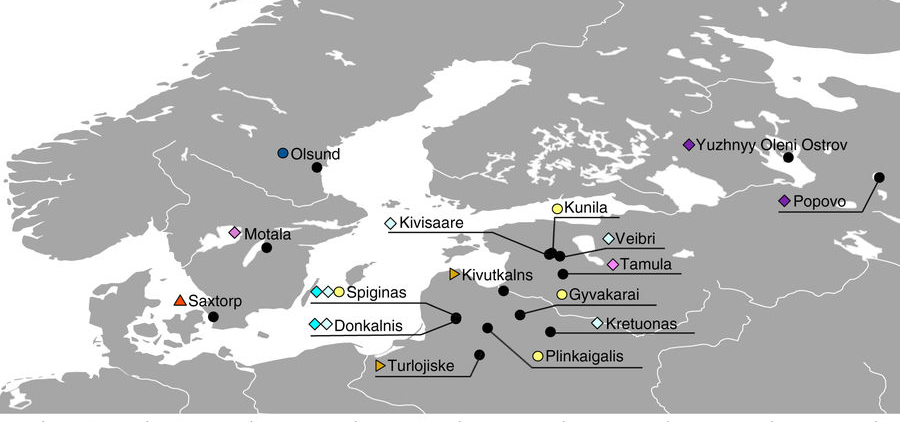New (copyrighted) preprint at BioRxiv, Population Replacement in Early Neolithic Britain, by Brace et al. (2018).
Abstract (emphasis mine):
… Read the rest “Population replacement in Early Neolithic Britain, and new Bell Beaker SNPs”The roles of migration, admixture and acculturation in the European transition to farming have been debated for over 100 years. Genome-wide ancient DNA studies indicate predominantly Anatolian ancestry for continental Neolithic farmers, but also variable admixture with local Mesolithic hunter-gatherers. Neolithic cultures first appear in Britain c. 6000 years ago (kBP), a millennium after they appear in adjacent areas of northwestern continental Europe. However, the pattern and process of the British Neolithic transition remains unclear. We assembled genome-wide

